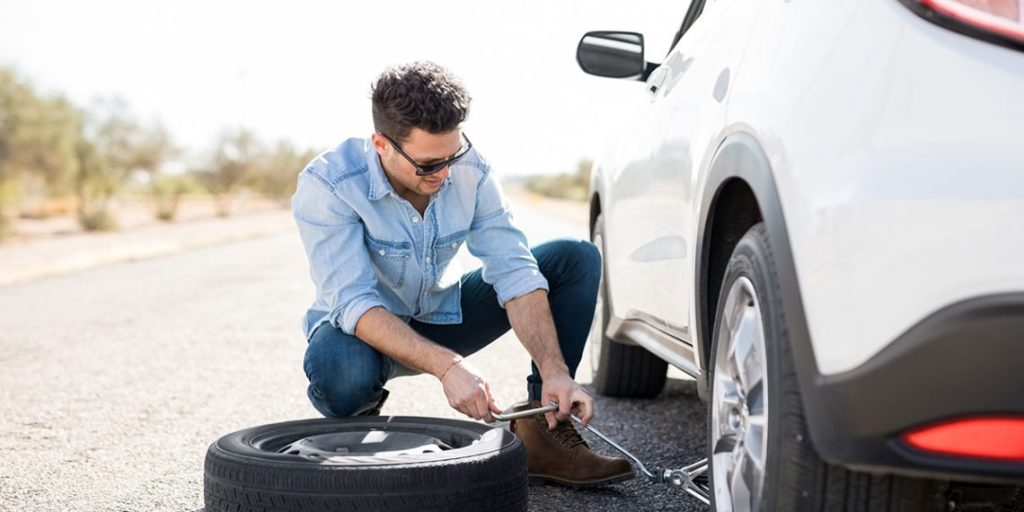Tightening lug nuts correctly is essential when it comes to car maintenance. It’s important that you know the correct way to tighten lug nuts so that they stay properly secured and do not loosen over time. Improperly tightened lug nuts can lead to dangerous conditions, such as tire blowouts or wheel detachments. In this article, we’ll discuss how to properly tighten lug nuts so that your car remains in safe, optimal condition.
Is it OK to hand tighten lug nuts?
No, it is not recommended to hand tighten lug nuts. Hand tightening will not provide the proper amount of torque needed to secure the wheel properly. Torque values vary depending on the type of vehicle and size of lug nuts, so make sure you consult a mechanic or reference material to determine the correct value for your car.
Step 1: Get the Right Size Socket
Before you begin tightening the lug nuts, it’s important that you make sure you have the proper size socket. The socket should fit snugly over each of the lug nut heads, without having to force it on. If you don’t have the right size socket, your lug nuts may not be tightened correctly, which could lead to dangerous conditions.
Step 2: Put the Wheel in Place
Once you have the correct size socket, place the wheel onto its hub and line up the lug nut holes with the studs. Make sure that the wheel is aligned properly and rotate it if necessary to get the correct position.

Step 3: Hand-Tighten the Lug Nuts
The next step is to hand-tighten each of the lug nuts onto their studs. Use your fingers or an appropriate tool, such as a T-wrench, to turn the lug nuts clockwise until they’re snug. Do not over-tighten them, as this could cause damage to the wheel or studs.
Step 4: Use a Torque Wrench for Final Tightening
Once you’ve hand-tightened all of the lug nuts, it’s time to use a torque wrench for the final tightening. Set your torque wrench to the recommended torque setting for your vehicle, which can be found in its owner’s manual. Slowly turn each of the lug nuts clockwise with the torque wrench until they reach their specified torque.
Step 5: Double-Check and Re-Tighten
Once you’ve finished the final tightening with the torque wrench, it’s a good idea to double-check each of the lug nuts. Spin them counterclockwise to make sure that they’re snug. If any of them are loose, re-tighten them securely and check again.
Do you lower car before tightening lug nuts?
Yes, it’s recommended that you lower the car before tightening the lug nuts. This will ensure that the wheel is properly seated on the hub and that all of the lug studs are engaged in their respective sockets. Lowering the car also allows for more leverage when using a torque wrench to tighten each lug nut.
Conclusion
Tightening lug nuts correctly is an essential part of car maintenance. With the right tools and knowledge, you can ensure that your wheels remain in safe, optimal condition. Follow the steps outlined above to properly tighten your lug nuts and keep your car in good working order.